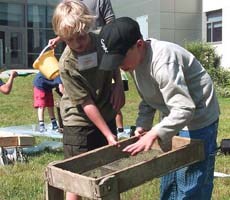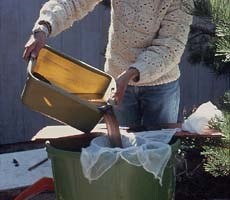Last updated: March 6, 2023
Article
How Do Archeologists Work?
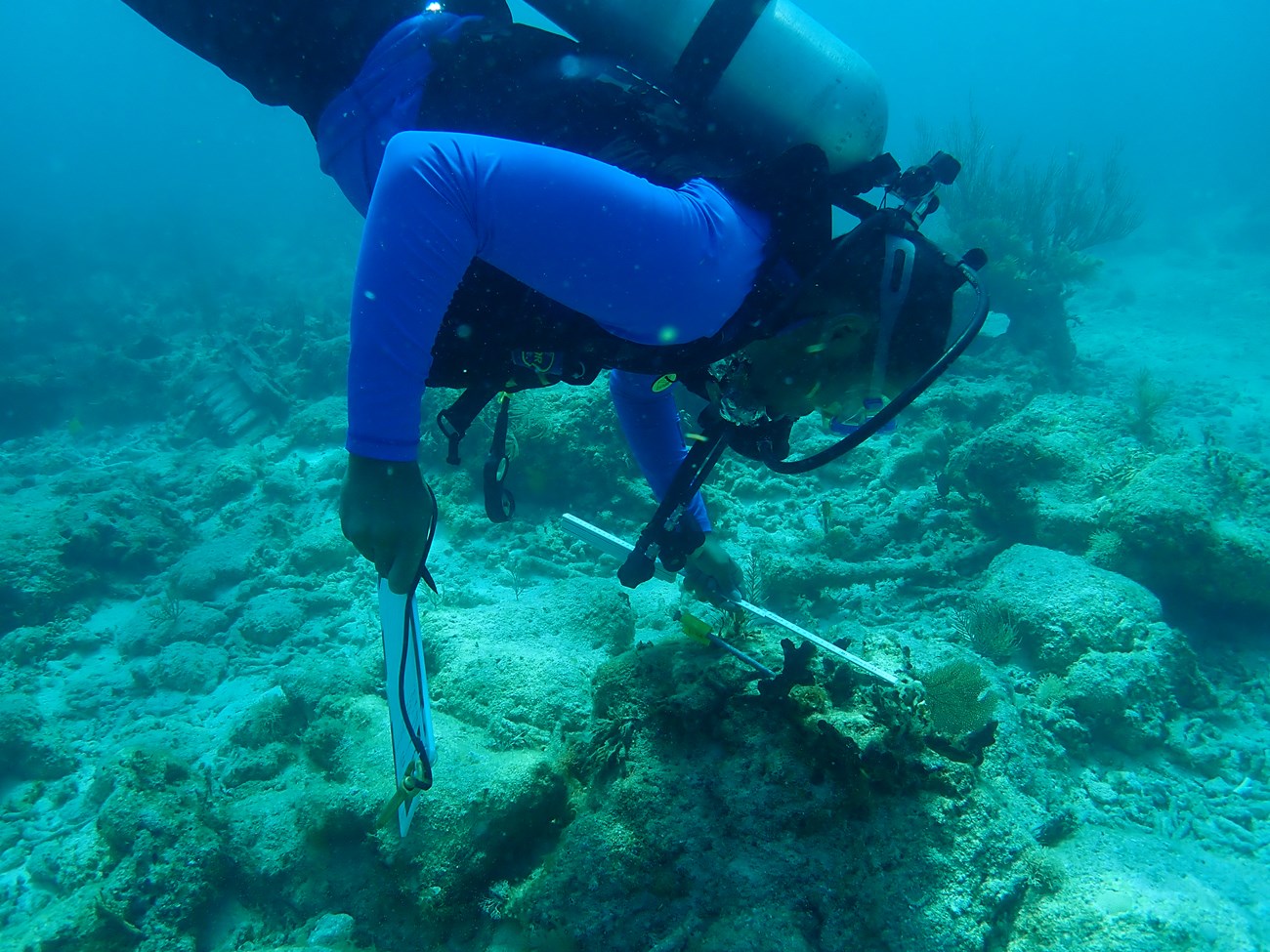
Putting together a story from archeology is like doing a big puzzle without the box lid. Sometimes they work underwater, sometimes on land. Artifacts are some of the pieces, but only part of the total picture. Keep going to find out how archeologists put the puzzle together.

"Where do we start?" An archeologist scans a field. A glint of white catches her eye. She bends down to see a piece of ceramic and some rusty nails.
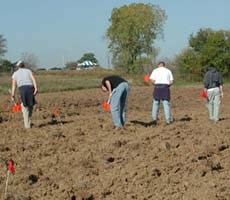
Marking the cluster of artifacts with flags, she keeps looking, but this looks like a good spot to excavate.
A site survey helps archeologists narrow down where to start. They mark likely places and dig small, but controlled, test pits to get a preview of what they might find.

Ground penetrating radar is computer-driven equipment that enables archeologists to see into the ground without moving the soil at all.

Who makes precise measurements their professional passion? Archeologists! Careful measurements are important to make a good record of a site.
See how wide and how deep this archeological site is? How do you think archeologists keep track of where everything is?
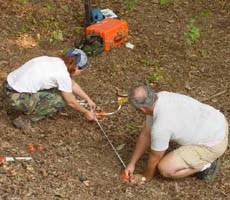

At the top of the orange and white stick is the datum point. He'll plant the stick in concrete so it will stay put.
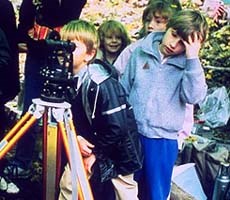
A Total Station transit is a tool to make an accurate three-dimensional map of an archeological site.

They measure from side-to-side, but also up-and-down.
A plumb bob weighs down the string to make measuring depth easier.

Excavation is the way archeologists look below the surface on land. Excavation destroys an archeological place, so archeologists are very careful about how and where they dig.
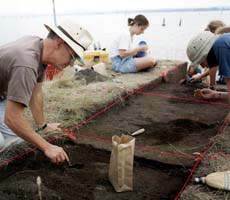
Layer by layer, unit by unit, they use different tools to dig, photograph, and draw what they see.
They also take soil samples and bag up artifacts.
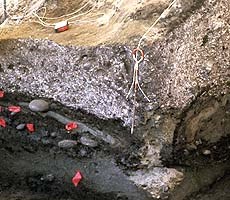
Each new layer of soil, or stratum, signals a different cultural time period. A stratum might be a few centimeters or many feet thick. Soil layers usually get older the deeper they go.
Archeologists dig until they hit subsoil, a layer without artifacts.


Screening sifts archeological artifacts away from the soil.
